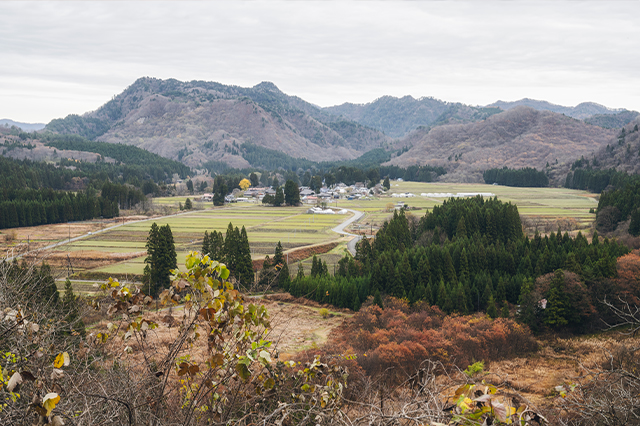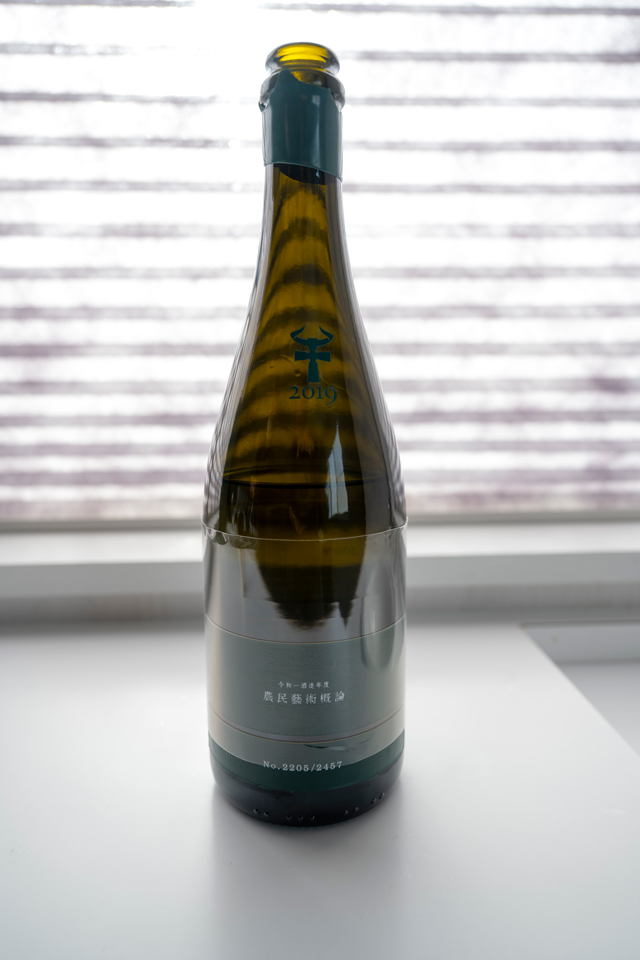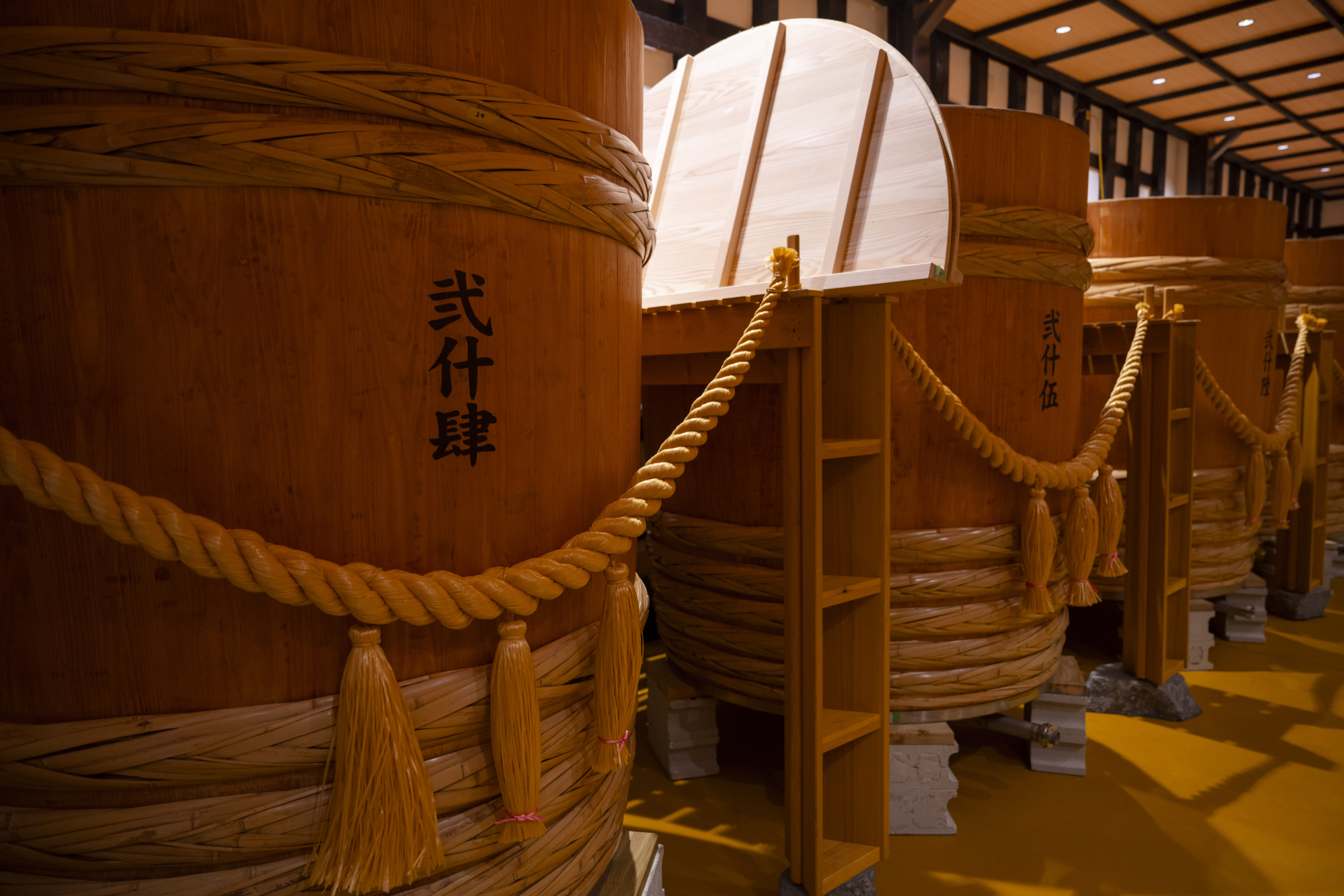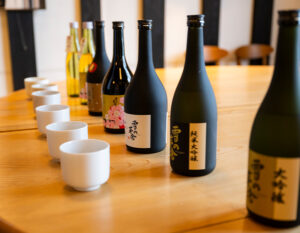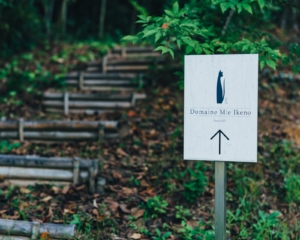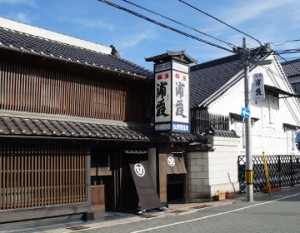Traditional sake brewing is the best method of production.
The oldest yeast used in sake brewing in Japan today is “Kyokai No. 6. Aramasai Shuzo is known as the brewery that created this yeast. Aramasa Brewery has undergone various reforms. The brewery uses only rice grown in Akita Prefecture, insists on pure rice production, uses no industrial additives, and ferments its sake in wooden vats.
It has been 14 years since Mr. Yusuke Sato, the 8th generation head of Aramasa Sake Brewery, who has been responsible for all such reforms, returned to the brewery. It has been 10 years since the release of “No.6” (Number Six), which Mr. Sato worked on and which has now become the signature series of the Aramasa Sake Brewery. Mr. Sato looks back and says that he has just kept on running, realizing the many things he wanted to do before returning to the brewery, such as making thoroughly good products.
Mr. Sato quit his previous job and returned to the brewery because he wanted to make really good sake, and he has been striving to make the ultimate sake without making any compromises. In the beginning, people around him thought he was “doing something unusual,” he laughs. He wanted to make real sake, so he read a lot of literature and went to other breweries to study. His search for what it takes to make the best sake led him to traditional methods. They are all labor-intensive and difficult methods. The currents of the times have simplified these methods in the pursuit of efficiency and rationality. What at first glance may appear to be a return to the old ways, when you get down to it, all of it makes sense, and just because it is tedious is not a reason not to do it. It was a matter of course for Mr. Sato, who strove for perfection in sake brewing, sometimes without regard for profit. The cost of exploring traditional sake brewing and making it taste as good as possible is enormous,” he said. This is something we have no choice but to do. We’re trying to evolve to preserve the traditional methods while also preserving the traditional industries associated with them.” says Sato.
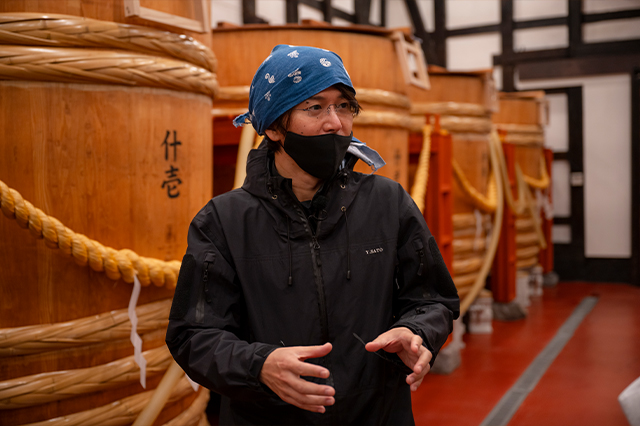
Challenging sake from rice cultivation
The next innovation is sake brewing, which begins with the pesticide-free cultivation of rice.
In 2013, the company began outsourcing sake rice cultivation to contract farmers on a made-to-order basis, based on their requests. However, again, the process was too time-consuming and labor-intensive, and not many farmers were willing to cooperate. They decided to start growing their own rice.
Aramasa Sake Brewery’s pesticide-free rice field is located in Uyashinai, Kawabe district, Akita City. It is a place rich in nature, where the beautiful Omata River flows through the mountains and enriches the village.
In 2018, sake made from rice grown without agricultural chemicals at the company’s own field was shipped for the first time to the general public in limited quantities under the name “Noumin Geijutsu Kaihon” (Introduction to Farmers’ Arts). The sake, named in homage to Kenji Miyazawa’s memo-like work “Noumin Geijutsu Kairon Aminyo,” is attracting attention along with new developments at Aramasa Brewery.
The Aramasa Brewery’s reforms continue, as the concluding words of Miyazawa’s “What we need is a transparent will, a great power and heat that envelopes the galaxy,” lead us to the next step.
